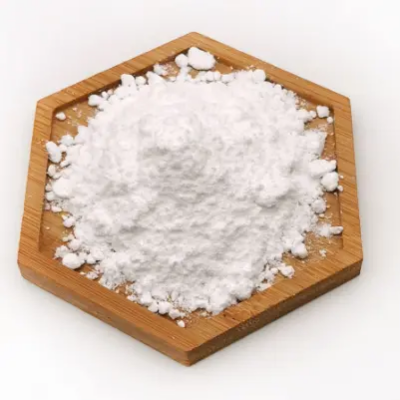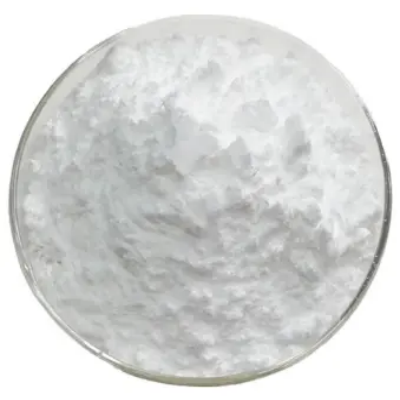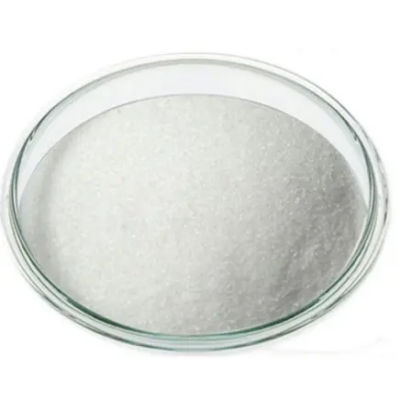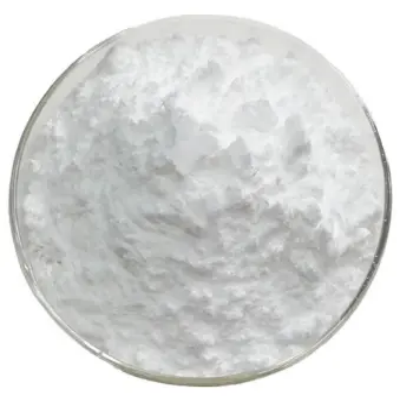2-(4-Dihydroxyborane)phenyl-4-carboxy-6-methylquinoline CAS:100124-06-9
The compound 2-(4-Dihydroxyborane)phenyl-4-carboxy-6-methylquinoline demonstrates diverse utility across scientific disciplines owing to its distinctive properties. In organic synthesis, it serves as a valuable building block for the construction of complex organic molecules. Its dihydroxyborane functionality enables participation in diverse reactions, including Suzuki-Miyaura cross-coupling, enabling the formation of carbon-carbon bonds and facilitating the synthesis of functionalized compounds with potential applications in pharmaceuticals, agrochemicals, and materials science. In the field of medicinal chemistry, 2-(4-Dihydroxyborane)phenyl-4-carboxy-6-methylquinoline may be utilized in the design and development of potential drug candidates. Its structural features make it suitable for interactions with biological targets, contributing to its application in drug discovery and development. The compound's pharmacological properties and potential therapeutic effects make it a subject of interest in the search for novel treatments for various diseases and medical conditions, including cancer, inflammation, and infectious diseases. Furthermore, this compound finds applications in material science, particularly in the design and synthesis of organic materials with luminescent and semiconducting properties. Its quinoline core and boron-containing substituents contribute to its electronic and photophysical characteristics, making it suitable for use in optoelectronic devices, including organic light-emitting diodes (OLEDs), organic photovoltaic cells (OPVs), and organic field-effect transistors (OFETs). Additionally, its potential as a component in the development of fluorescent sensors for biomolecular detection and imaging highlights its significance in biomedical research and diagnostics. Moreover, the compound's ability to engage in specific chemical interactions, such as metal coordination and hydrogen bonding, makes it a promising candidate for the development of functional materials and molecular probes for analytical and sensing applications. These capabilities could lead to advancements in chemical sensing, environmental monitoring, and the detection of biological analytes. Overall, the multifaceted properties and potential applications of 2-(4-Dihydroxyborane)phenyl-4-carboxy-6-methylquinoline position it as a versatile compound with broad-reaching implications for scientific research and technological advancements in fields such as organic synthesis, medicinal chemistry, material science, optical and electronic devices, and chemical sensing.



| Composition | C20H18BNO3 |
| Assay | 99% |
| Appearance | white powder |
| CAS No. | 100124-06-9 |
| Packing | Small and bulk |
| Shelf Life | 2 years |
| Storage | Store in cool and dry area |
| Certification | ISO. |









